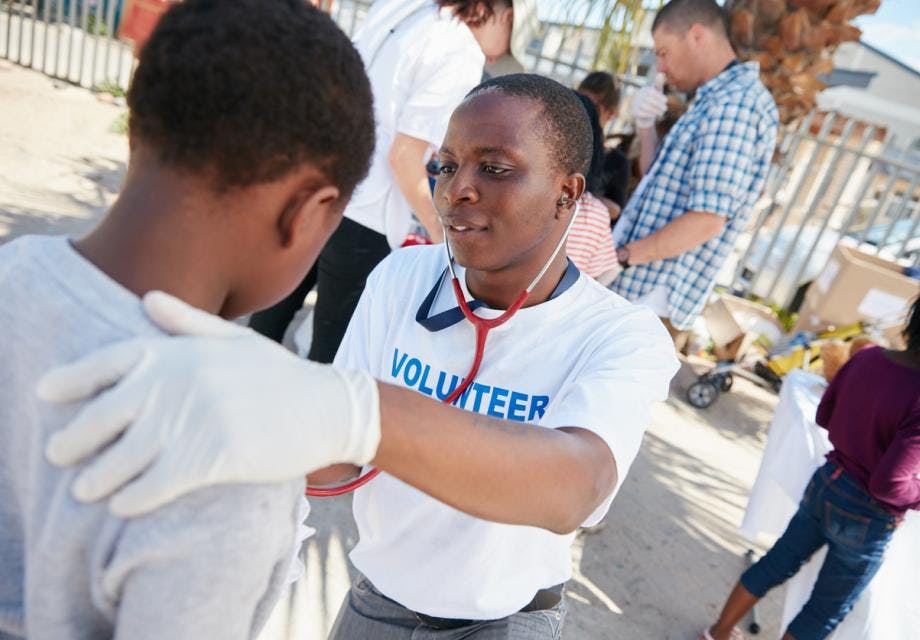Community-based referral scheme boosts tuberculosis prevention
Hester Phillips
12 January 2023
South African study finds 90% of people with HIV referred through a community-based scheme completed preventative TB treatment – 11% more than people in standard HIV care
A community-based scheme in South Africa that referred people with HIV to six months of treatment to prevent tuberculosis found 90% completed the course – 11% more than people in standard HIV care.
What is the research about?
Tuberculosis (TB) preventive treatment (or TPT). This is a course of medication that people can take to stop them developing TB. TPT is given to people who have TB bacteria in their body (known as latent TB) or who have been exposed to TB (for example, by living with someone with TB) or are at high-risk of TB due to weakened immune systems. TB is the leading cause of death for people with HIV, so access to TPT is especially important.
Between 2013 and 2016, a team of health educators, nurses and HIV counsellors in Msinga, KwaZulu-Natal, visited community settings like bus stations and community gatherings to offer people information and HIV/TB screening. People with HIV who didn’t have any TB symptoms (120 in total) were referred to a government clinic for TPT (using isoniazid pills). This was the intervention group. Their progress was compared with 120 people with HIV who were already enrolled in the clinic and were beginning TPT at the same time.
Why is this research important?
TPT reduces active TB infections by between 60-70%. And it significantly reduces TB-related deaths among people with HIV, whether they are on antiretroviral treatment or not (ART). The World Health Organization (WHO) has recommended TPT for more than a decade, but implementation has been slow meaning that many of those who would benefit are still not accessing this treatment.
What did they find out?
In the intervention group, 90% of people completed the six-month TPT course, compared to 79% in standard care. Women were more likely to finish the course than men.
The difference in adherence between groups could be due to a number of things.
Around 71% of people who began taking TPT through standard HIV care were already on ART. But only 50% of people referred to TPT in community settings were on HIV treatment. People not on ART might have been more motivated to take TPT to protect their health, particularly if they weren’t yet eligible for HIV treatment. (This study was carried out before test and treat.) And some people on ART might have thought that TPT was not a priority because they were already on HIV treatment. Or they might have found it hard to take additional pills.
But higher adherence might also be linked to people in the community settings getting better information on HIV and TB. It is also possible that these people felt more engaged with the TPT programme because they met the health team in situations that were less formal than a clinic.
What does this mean for HIV services?
TB contact tracing is often used to find people who are eligible for TPT. But community-based strategies offer an additional, effective way to identify people. The first step is to make people who are at-risk of TB aware of what TPT is and how effective it is at preventing TB illness and deaths. This information should be communicated in ways that people trust, in language and formats that are familiar to them.
There is also a need to consider the needs of men, who are less likely than women to take and adhere to TPT. Ways to address this include targeting at-risk men through peer-led community case finding (for example, in workplaces and social settings) and men-only TPT adherence clubs.
Get our news and blogs by email
Keep up-to-date with all our latest news stories and blogs by signing up to the Be in the KNOW news digest.
